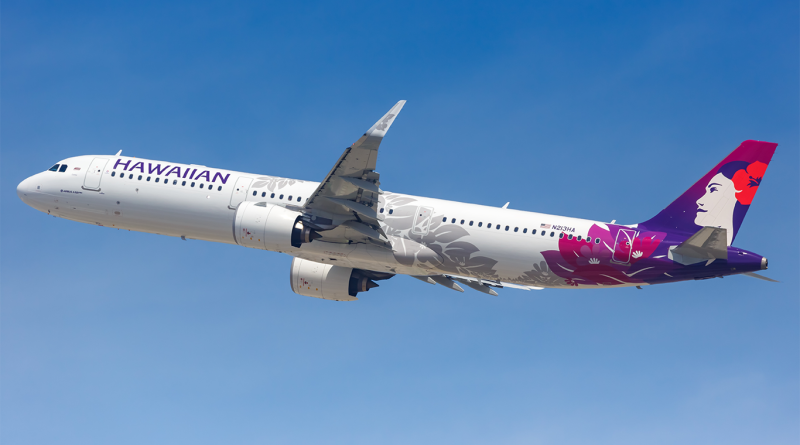Alaska Airlines’ $1.9B Acquisition of Hawaiian Airlines: Expanding Horizons for Pacific Travel
Alaska Airlines has officially acquired Hawaiian Airlines in a $1.9 billion deal, marking a pivotal moment in the aviation industry. Alaska Air Group, now the parent company of both airlines, has expanded its influence, particularly across the Pacific, and strengthened its position as the fifth-largest airline in the U.S. Hawaiian Airlines, though now part of Alaska, will maintain its distinct brand identity. Honolulu is set to become Alaska’s second-largest hub, further anchoring the airline’s Pacific presence.
While operational integration will be gradual, with both brands maintaining separate reservation systems and loyalty programs until a unified Federal Aviation Administration (FAA) certificate is obtained, the move signals Alaska’s intent to dominate the West Coast and Pacific travel markets.
Expanded Routes
A key outcome of this merger is an expanded route network. The combined airline group now flies to 141 destinations, including 29 international markets across the Americas, Asia, and the South Pacific. As members of the oneworld Alliance, Alaska and Hawaiian will offer passengers greater access to global destinations, allowing travelers to enjoy seamless travel across continents.
Loyalty program members will also see enhanced benefits. Alaska Airlines plans to integrate its Mileage Plan with HawaiianMiles by mid-2025, combining the best features of both programs to offer travelers greater rewards. Elite status reciprocity will also allow frequent flyers from both programs to enjoy perks like lounge access and priority services.
With the Hawaiian Airlines’ presence in the Pacific ensures that the combined airline will continue to serve as a lifeline for Hawaii’s residents and businesses. The expanded network is expected to boost local economies by supporting tourism and providing more flight options for both leisure and business travelers.
Operational and Financial Synergies
The Alaska-Hawaiian merger promises significant operational and financial gains. Alaska Airlines expects to realize $235 million in run-rate synergies, driven by cost-saving initiatives and increased revenues from its expanded network. This merger bolsters Alaska’s competitiveness against major U.S. carriers like Delta, American, and Southwest.
The airline group now operates a fleet of 350 aircraft, including Boeing 737s, Airbus A330s, and Embraer E175s, positioning itself to optimize routes across long-haul and regional services.
Beyond its operational advantages, the merger enhances Alaska’s Pacific market share, particularly in Hawaii, where it will focus on expanding service while maintaining Hawaiian Airlines’ cultural legacy.
Maintaining Hawaiian Airlines Cultural Legacy
Although Hawaiian Airlines is now part of Alaska Air Group, the brand’s cultural identity remains a key focus. Known for its deep connection to the islands, Hawaiian Airlines has long integrated local traditions into its services, from its inflight experience to its workforce. Alaska is committed to preserving this cultural heritage as the two airlines gradually integrate.
Both airlines share a strong commitment to sustainability, aiming to achieve net-zero carbon emissions. Building on initiatives like phasing out single-use plastics and promoting responsible tourism, the combined airline will focus on aligning sustainability goals to protect the environments they serve. In Hawaii, where the airline is a vital connection for both residents and tourists, Alaska will continue to support community development and economic growth through its Hawai’i Community Advisory Board and other local initiatives.
Sources:
